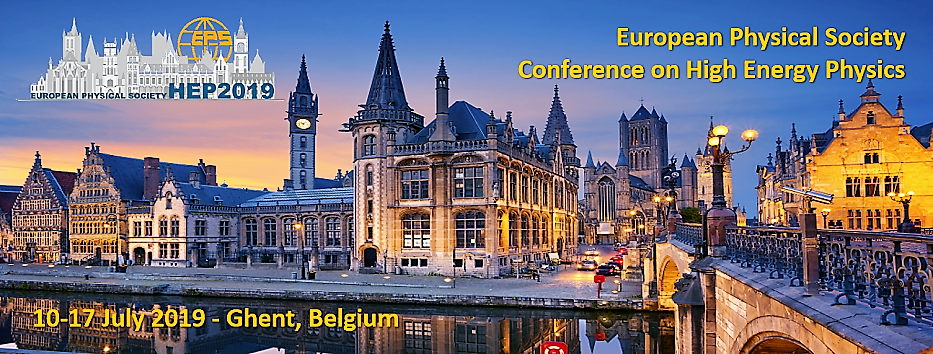Speaker
Description
To unravel the nature of dark matter is one of the most important goals in particle physics today. The Higgs field may well be the portal that couples to a whole new dark sector in which the dark matter candidate particle is accommodated. Searches for invisible decays of the Higgs boson, which may originate from the Higgs boson decaying to dark matter directly or via some mediator, would give us a clear signal of new physics. At e+e- colliders, taking advantage of the recoil mass technique, the 4-momentum of the Higgs boson can be fully reconstructed even though it decays invisibly. A specific advantage of the ILC are the polarized beams which help to suppress the background significantly. We will report our studies based on the full simulation of the ILD detector concept, using the e+e- -> ZH with Z->qq/ll channels. We obtain a sensitivity to BR(H->invisible) of 0.3% (95% C.L. upper limit) at the ILC 250 GeV with an integrated luminosity of 2 ab-1. We will also discuss the impact of center-of-mass energy, beam spectrum, ISR, and detector performance for the Higgs to invisible measurement.
